SPONDER GALLERY
501 E Camino Real
FL 33432 Boca Raton
United States
Mobile Ph. : 5613500004
Email : [email protected]
URL : www.spondergallery.com
Beverly Cuyler ()
Cristin Longo ()
Abbe Sponder Prevor ()
Alice Kovalevsky ()
About
In the gallery’s 30 year history, we've offered a roster of established and mid-career artists and over 200 exhibitions of great quality and importance. Notable one person exhibitions include Lynn Chadwick, Friedel Dzubas, Dan Christensen, Johan Creten, Michael Halsband, Jonathan Prince, Frank Stella, William King, Ernest Trova and Boaz Vaadia. Artists who display innovative techniques and a unique approach to materials are paramount to the gallery's aesthetic such as Tigran Tsitoghdzyan, Donald Martiny and Matthias Lutzeyer.
SPONDER GALLERY focuses on post-war and contemporary paintings and sculpture, while maintaining an inventory of strong secondary market work. We also offer personalized support and consulting in all aspects of collecting and appraisal services. In addition to our exhibition space, we facilitate a major art project at The Boca Raton & Beach Club. This venue provides museum quality works for acquisition, while adding an educational and cultural enhancement to the property.
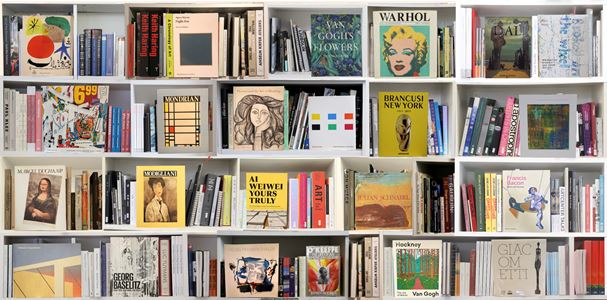
Art MM
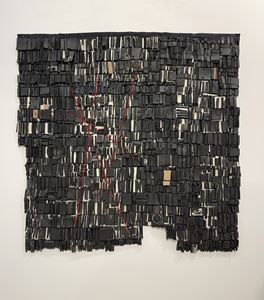
Patrick Tagoe-Turkson 515 Maakomamu
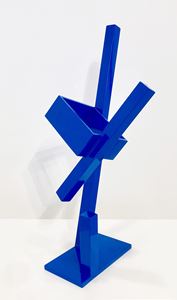
Jane Manus Happy Hour
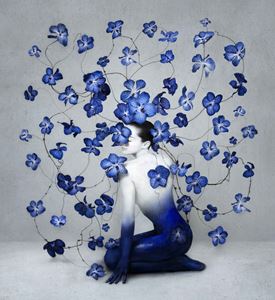
Isabelle van Zeijl Rise
_BoazVaadia_T638770465278725825.jpg?width=820&height=300&format=jpg&qlt=80)
Boaz Vaadia Avdon (#71)
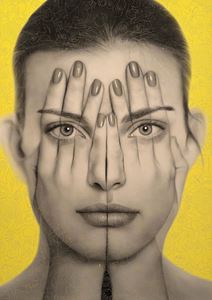
Tigran Tsitoghdzyan DS Mirror for Ukraine
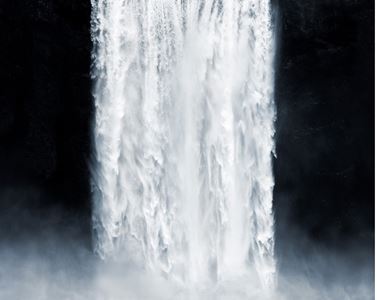
Jonathan Smith Falls #41
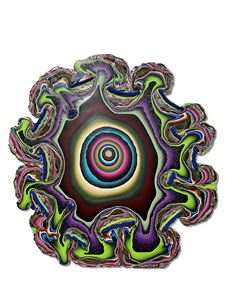
Holton Rower 1 AP 22 C
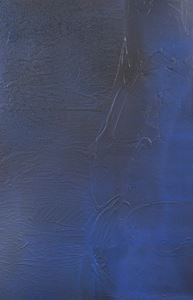
Jules Olitski Belshazzar Dream 2

James Austin Murray Curious Sound
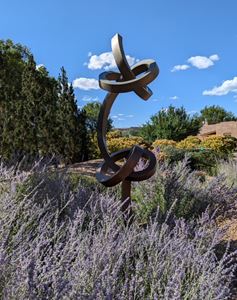
Gino Miles Hopeful
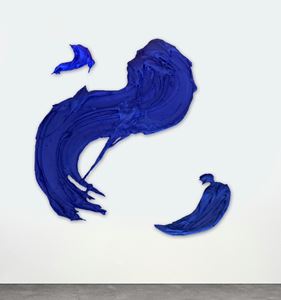
Donald Martiny Milyan

KX2 Ruth Avra & Dana Kleinman White Sands
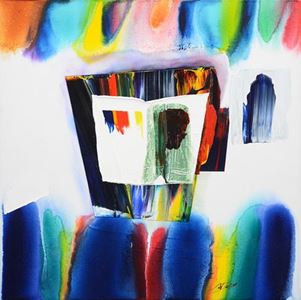
Paul Jenkins Phenomena White Chalice
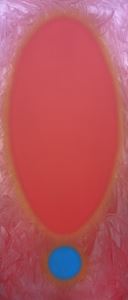
Dan Christensen Red Riser
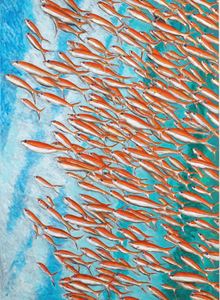
Doug Argue Untitled
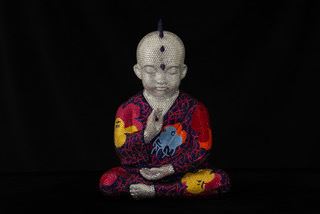
Metis Atash Bloom and Beyond

Metis Atash Soul Sync
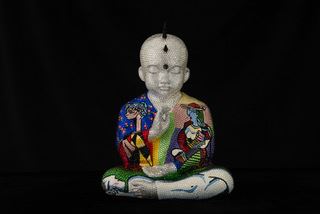
Metis Atash She Who Dreams

Stanley Boxer Graze
_LynnChadwick_T638770496889295427.jpg?width=820&height=300&format=jpg&qlt=80)
Lynn Chadwick Sitting Elektra II (575)
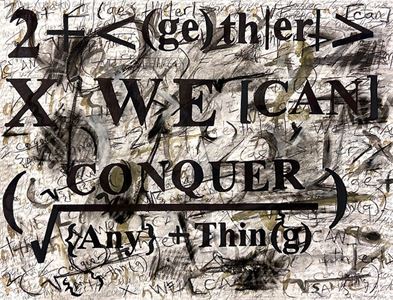
Gabriel Delgado Together We Can Conquer Anything
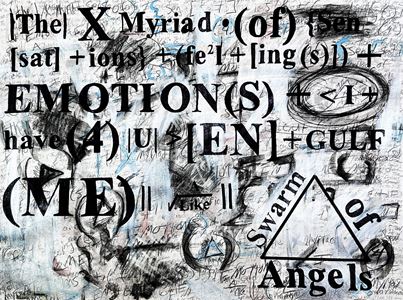
Gabriel Delgado Swarm of Angels

Harold Garde Black Line Figures

Max-Steven Grossman Isreal SQ WB
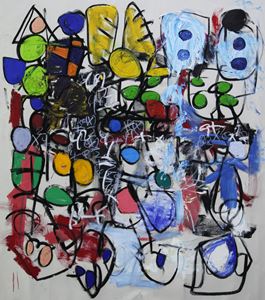
Taher Jaoui A Far Better View
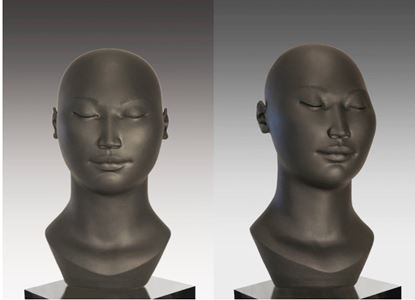
Scarlett Kanistanaux Radiant Joy
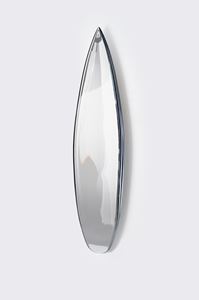
Alexandra Karram Giovanni Schacchi Surf
Kraft_AlexKatz_T638770514169613527.jpg?width=820&height=300&format=jpg&qlt=80)
Alex Katz Large Black Hat (Ada) Kraft
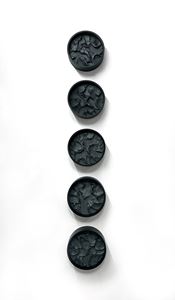
KX2 Ruth Avra & Dana Kleinman Caspersen Beach
_RobLorenson_T638770518030120738.jpg?width=820&height=300&format=jpg&qlt=80)
Rob Lorenson XOXOX (White)
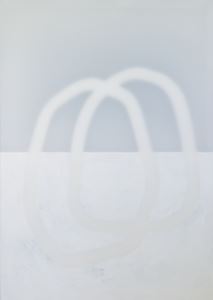
Udo Noger Gleiches Licht 1
_BoazVaadia_T638770522596380351.jpg?width=820&height=300&format=jpg&qlt=80)
Boaz Vaadia Hattush (#115)




_BoazVaadia_T638770465278725825.jpg?width=240&height=90&format=jpg&qlt=80)















_LynnChadwick_T638770496889295427.jpg?width=240&height=90&format=jpg&qlt=80)







Kraft_AlexKatz_T638770514169613527.jpg?width=240&height=90&format=jpg&qlt=80)

_RobLorenson_T638770518030120738.jpg?width=240&height=90&format=jpg&qlt=80)

_BoazVaadia_T638770522596380351.jpg?width=240&height=90&format=jpg&qlt=80)
2024, diasec mounted photo, 37 x 75 in. or 48 x 100 in. Ed. of 5 + 2 AP
2024, found flip flops on suede
50 x 53 in.
2019, aluminum, 80 x 40 x 28 in.
2023, diasec mounted photo with plexi, 60 x 55 in.
2001, bronze and bluestone, 72 x 29 x 23 in.
2023, mixed media, 55 x 38 in.
2024, photograph, 56 x 70 in.
2024, mixed media on wood, 48 x 46 1/2 in.
1978, acrylic on canvas, 79 x 51 in.
2021, oil on panel, 60 x 60 in.
bronze on granite base, 96 x 36 x 36 in.
2018, polymer and pigment on aluminum, 62 x 31 in.
2024, mixed media on wood brushed aluminum industrial bar, 48 x 48 x 5 in.
1986, acrylic on canvas, 39 x 40 1/2 in.
1991, acrylic on canvas, 92 x 39 1/2 in.
2024, oil on linen, 50 x 36 in.
2025, resin acrylic and swarovski crystals, 17 x 12 x 7 in.
2025, resin acrylic and swarovski crystals, 17 x 12 x 7 in.
2025, resin acrylic and swarovski crystals, 17 x 12 x 7 in.
1984, oil on linen, 7 1/4 x 43 1/4 in.
1968, ed 2/4, bronze, 18 x 20 x 19 in.
2023, acrylic and mixed media on watercolor paper, 22 x 30 in.
2022, acrylic and mixed media on watercolor paper, 22 x 30 in.
2001, acrylic on canvas, 44 x 56 in.
2024, edition of 5 + 2 AP, diasec mounted photo, 48 x 53 in.
2024, mixed media on canvas, 65 x 57 in.
bronze, edition 2/9, 32 x 17 x 17 in.
2024, ed. 1/12, cast acrylic with mirror, 72 x 20 x 4 in.
2012, edition HC 1/5, silkscreen on brown kraft 70 Ib paper, 62 x 58 in.
2025, aluminum with powder coat, acrylic and mixed media on panel, 10.5 x 3.5 in.
2025, painted aluminum, 96 in.
2021, mixed media, 40 x 56 in.
2011, edition of 7 + 2 AP, bronze and bluestone, 12 1/2 x 11 1/2 x 9 1/2 in.
Exhibiting Artists
Other Represented Artists
